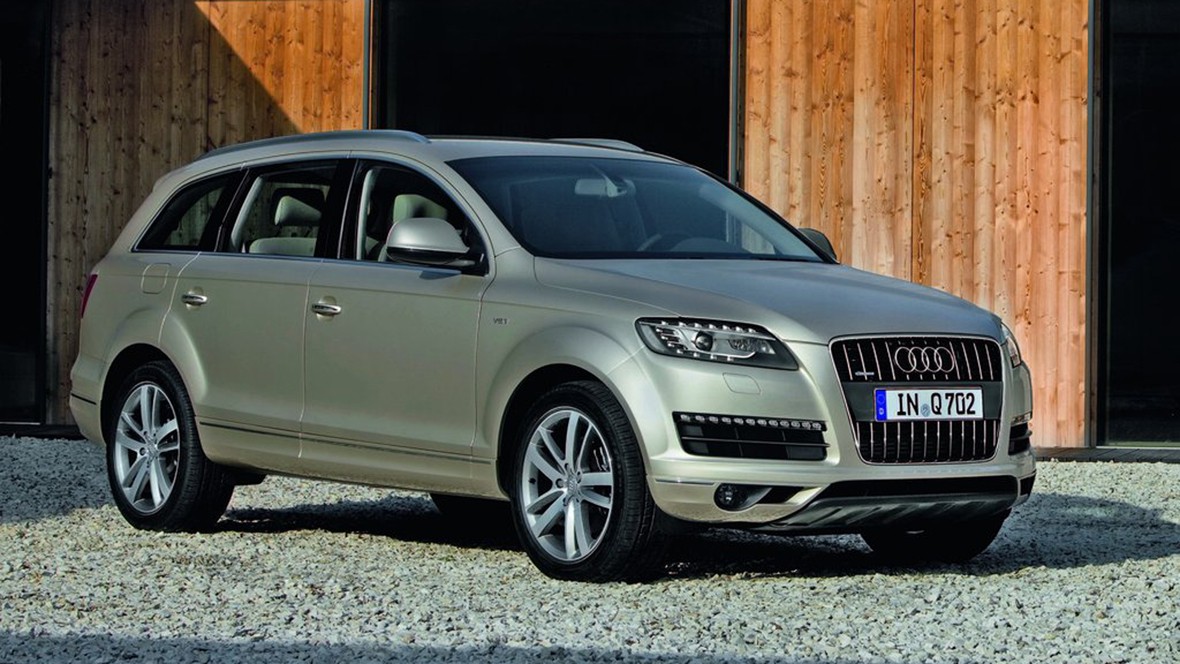Tesla and Porsche have equipped their latest electric vehicles with advanced infotainment systems powered by high-performance processors to enhance user experience. Here’s a comparison of the processors used in Tesla’s and Porsche’s latest models:
Tesla’s Infotainment Processor
• Processor: AMD Ryzen APU (Accelerated Processing Unit)
• Architecture: x86-based, integrating both CPU and GPU cores
• Performance: Comparable to modern gaming consoles, capable of delivering up to 10 teraflops of computing power, enabling features like in-car gaming with titles such as The Witcher 3 and Cyberpunk 2077
• Integration: Found in models like the Tesla Model S and Model X Plaid, providing a seamless and responsive infotainment experience
Porsche’s Infotainment Processor in the Electric Macan
• Processor: Qualcomm Snapdragon Automotive Processor
• Architecture: ARM-based, designed specifically for automotive applications
• Performance: Optimized for fast boot times and efficient operation of the Android Automotive OS, ensuring immediate availability of vehicle and infotainment functions as the driver approaches the car
• Integration: Utilized in the upcoming all-electric Porsche Macan, focusing on delivering a connected and intuitive user interface
Comparison
• Computing Power: Tesla’s AMD Ryzen APU offers higher raw computing power, supporting graphically intensive applications and games. Porsche’s Qualcomm processor is tailored for automotive needs, emphasizing efficiency and quick access to infotainment features.
• User Experience: Tesla provides an entertainment-rich environment with capabilities akin to gaming consoles, while Porsche focuses on seamless integration of digital content with vehicle functions, enhancing driving experience without the emphasis on gaming.
• Operating System: Tesla uses a custom Linux-based OS, whereas Porsche’s system is based on Android Automotive OS, allowing for a different approach to app integration and user interface design.





